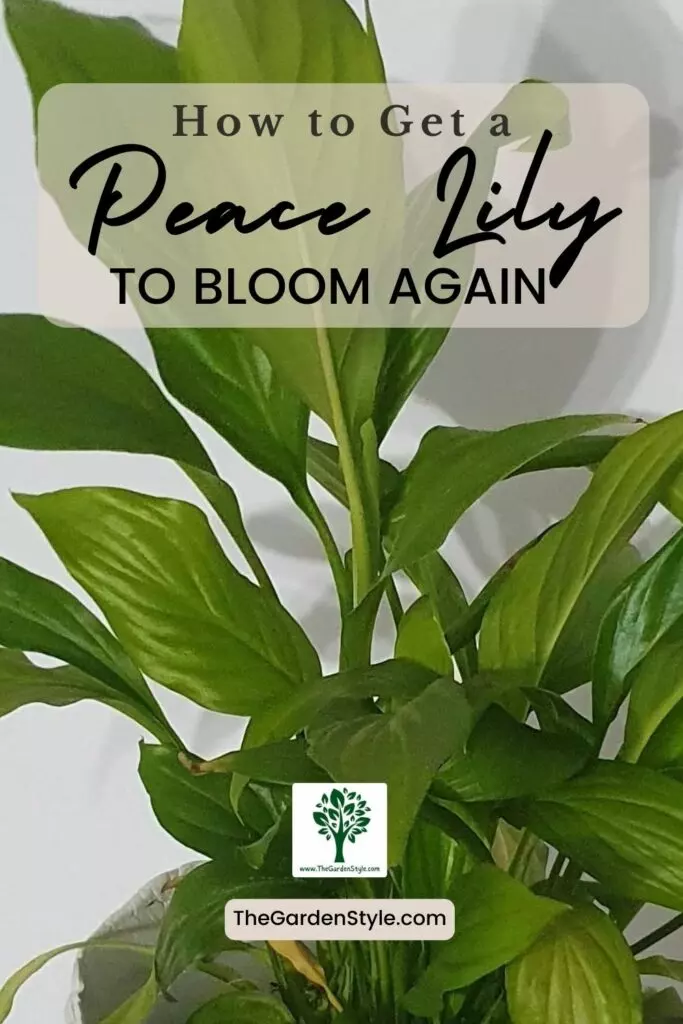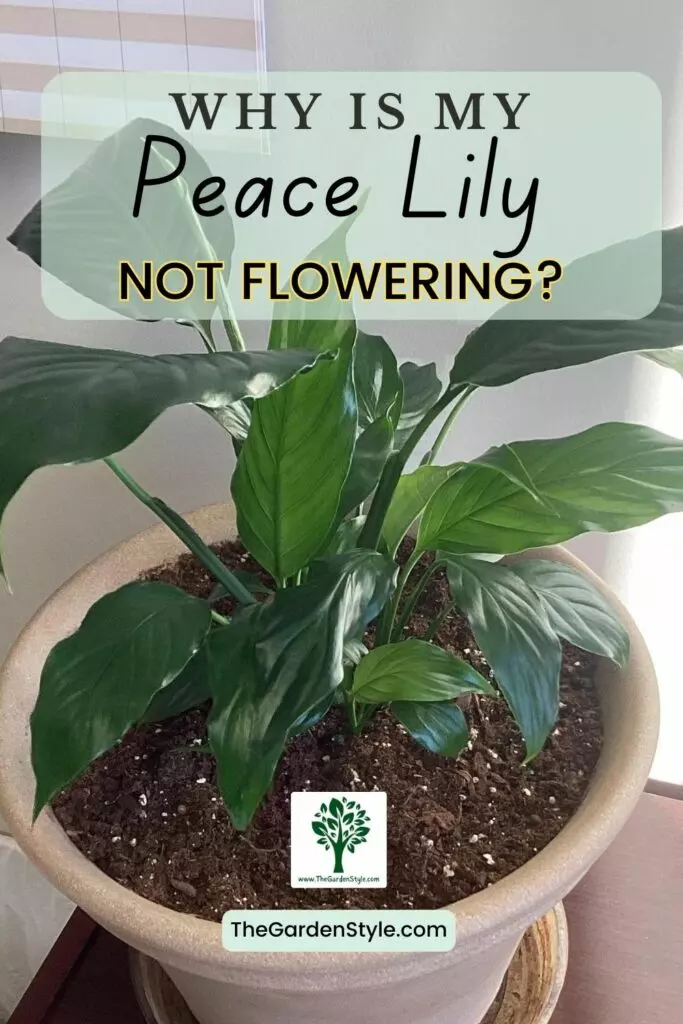It is easy to see Peace lilies (Spathiphyllum spp) in any home because they are grateful plants and Feng Shui allies. Peace lily plants bloom more than once a year and do not require very complicated or laborious care. However, sometimes it happens that our peace lily does not bloom anymore for some reason. I put together this information, and let me walk through some things to troubleshoot these flowering issues. Read through and see if you can pinpoint what’s going on with yours. Then we’ll get that stubborn peace lily flowering in no time! Here is how to get a peace lily to bloom (again and for good).
In addition, we’ll be addressing several common queries from our community of gardeners in the upcoming post.
- When does a peace lily bloom?
- How often does a peace lily bloom?
- How do you get a peace lily to bloom?
- Why is my peace lily not flowering?
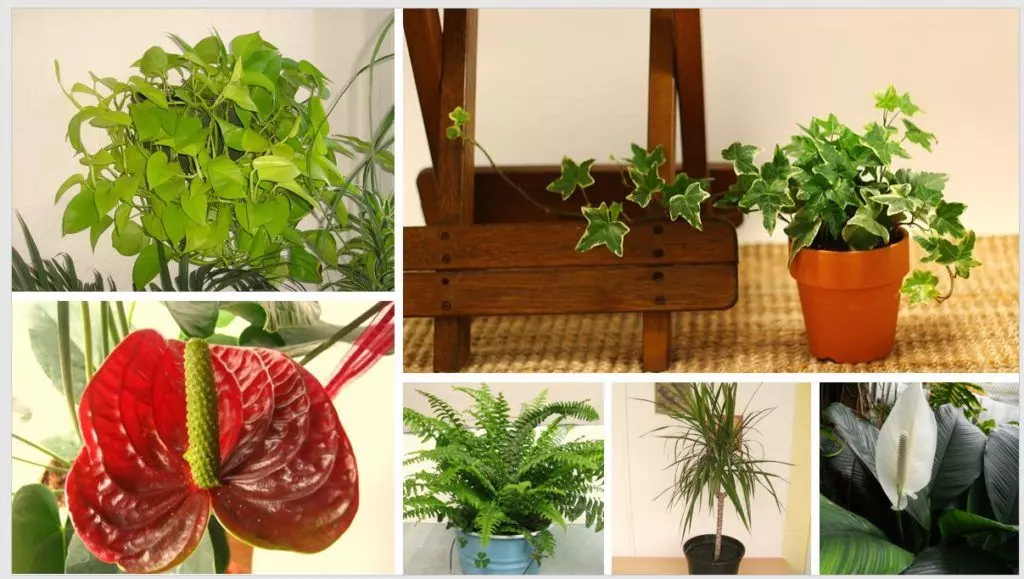
Table of Contents
When Does Peace Lily Bloom?
Peace lilies often bloom in the spring months, usually from March through May in the Northern Hemisphere. This corresponds with the longer daylight hours and warmer temperatures of spring. However, peace lilies can also bloom sporadically year-round if conditions are ideal. These ideal conditions include ample indirect sunlight, adequate warmth, proper watering and feeding, etc.
In general, though, the most prolific season for peace lily blooms tends to be the spring, with a second, smaller flush of blooms sometimes occurring in fall. But sporadic blooms are also common year-round.
How Often Does a Peace Lily Bloom?
On average, peace lilies tend to bloom about 1-2 times per year. The most common bloom time is in the spring. However, some varieties and individual plants may bloom more or less frequently depending on growing conditions.
If you optimize the growing factors, you can promote more frequent blooming cycles, even during winter. Mature, healthy peace lilies in peak growing conditions may bloom up to 3-4 times per year or almost continuously.
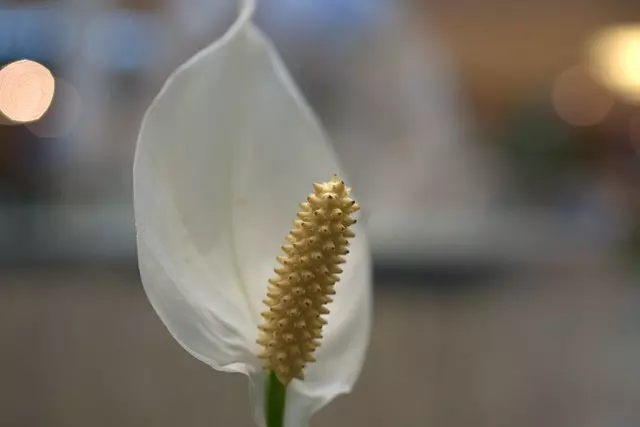
How To Get a Peace Lily To Bloom?
Understanding the balance of elements that influence the blossoming of a peace lily is essential for fostering its vibrant blooms. The troubleshooting table in our next section covers the inspection checkpoints to diagnose and fix the most common issues that inhibit flowering and provides clear solutions to get your plant thriving.
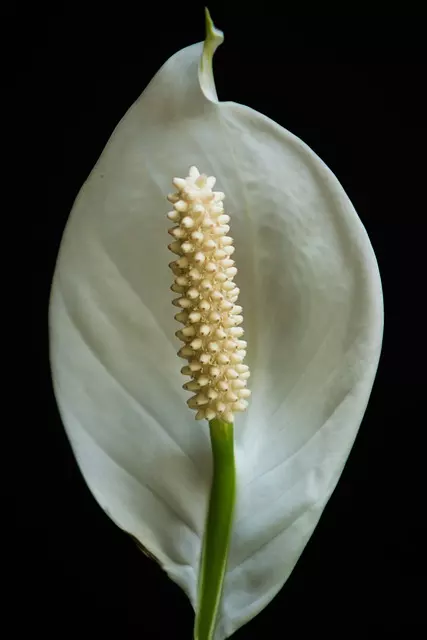
Why Is My Peace Lily Not Flowering? Troubleshooting Guide
A healthy, mature peace lily produces elegant white blooms that can flower several times per year. But sometimes, these plants fail to flower, much to their owner’s dismay. There are several common reasons why a peace lily refuses to produce those delicate flowers.
1. Watering and Care Issues
Check if there are any watering problems, such as overwatering or underwatering. Peace lilies need consistently moist soil. Ensure the plant is getting enough humidity. Peace lilies demand high humidity.
Use an acidic peat-based soil with added coconut fiber to improve drainage and provide the right pH levels. Learn more about the best soil for a peace lily.
2. Adjustment Period
If you recently brought home the plant, give it time to adjust to its new environment before expecting flowers. Nurseries provide optimal blooming conditions that the plant then needs to adapt from.
3. Rootbound or Needs Repotting
An older peace lily may have outgrown its pot and become rootbound, preventing flowering. Repot it in fresh soil and a larger pot.
4. Lack of Nutrients
Fertilize the plant if it’s spring and all other care requirements are being met. Peace lilies need an extra nutrient boost to bloom in good weather.
- 🌱 PERFECT BLEND OF NUTRIENTS – Give your succulent plants everything they need to grow up healthy! Our 3-1-2 liquid concentrate has all of the essential nutrients that your plants crave.
- 🌱 MIX WITH WATER – Designed to blend with water to provide a single application to use every other watering cycle. 1-2 tsp per 8 cups water.
- 🌱 SUITABLE FOR ALL VARIETIES – You can use our fertilizer on just about any kind of succulent plant. It’s great for seedlings and mature plants alike.
5. Insufficient Light
Peace lilies need bright, indirect light to bloom, not just low-light conditions they can tolerate.
Place the peace lily in the brightest spot away from direct sun rays and provide ample warmth and humidity. Darkness inhibits the plant’s ability to produce flowers.
6. Leaf Problems
The presence of brow leaves, brown tips, and yellow leaves indicate other issues that lead to a lack of blooming in peace lilies.
Luckily, we have two articles that provide invaluable information to help tackle both of these common peace lily problems. First, be sure to check out my guide on Yellow Leaves on a Peace Lily – it explains all the possible causes of discoloring, from improper watering to pests. I outline the solutions for each scenario, with clear instructions to get your leaves vibrant green again. Additionally, don’t miss my piece on How to Treat Brown Tips On a Peace Lily.
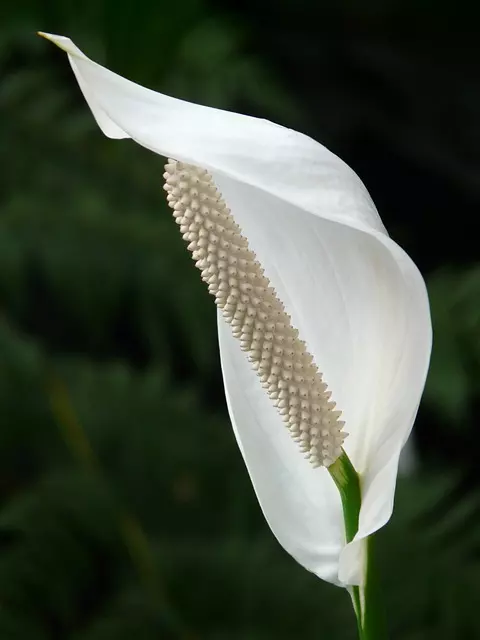
Check Watering Problems and Lighting Issues. This plant needs high indirect lighting, a warm temperature of around 68°F (20°C), high humidity, fertilizer rich in potassium, and enough space in the pot. Acid pH peat soil combined with coconut fiber is the best substrate for Peace lilies.
Troubleshooting Table
Here is a troubleshooting table for peace lily plants not blooming:
| Issue | How to Fix |
| Improper watering | Check soil consistently and water when the top 1-2 inches become dry. Keep soil moist but not saturated. |
| Low humidity | Mist plant leaves frequently to increase moisture. Use a pebble tray. If possible, move your peace lily to a naturally humid room. |
| Insufficient lighting | Place your peace lily in bright, indirect light for 12-14 hours daily. Supplement with grow lights if needed. |
| Rootbound | Repot your peace lily in a larger container with fresh potting mix. |
| Needs fertilizer | Feed your peace lily with a balanced liquid fertilizer every 2-3 months during the growing season. |
| New adjustment period | Give newly brought peace lily plants several months to acclimate before expecting flowers. |
| Temperature extremes | Maintain temperatures between 65-80°F for optimal blooming. |
| Yellow leaves | Although it is not the only reason, it may be a sign of inconsistent watering. Check soil and water at the first sign of dryness. |
| Brown tips | Generally indicates very dry air or soil. Increase humidity around plants and water more frequently. |
I hope these flowering tips help your peace lily thrive. Proper watering and ample light are key for blooms. Likewise, providing the right humidity, repotting when rootbound, and fertilizing in spring gives this plant what it needs. If you don’t have a peace lily yet, maybe this will convince you—just imagine the elegant white flowers contrasting the dark green leaves. Applied regularly at home, these easy care solutions ensure your peace lily will flourish with graceful blooms. Let it bring tranquility to your space for years.
If this post about how to get a peace lily to bloom was helpful, please share it:
